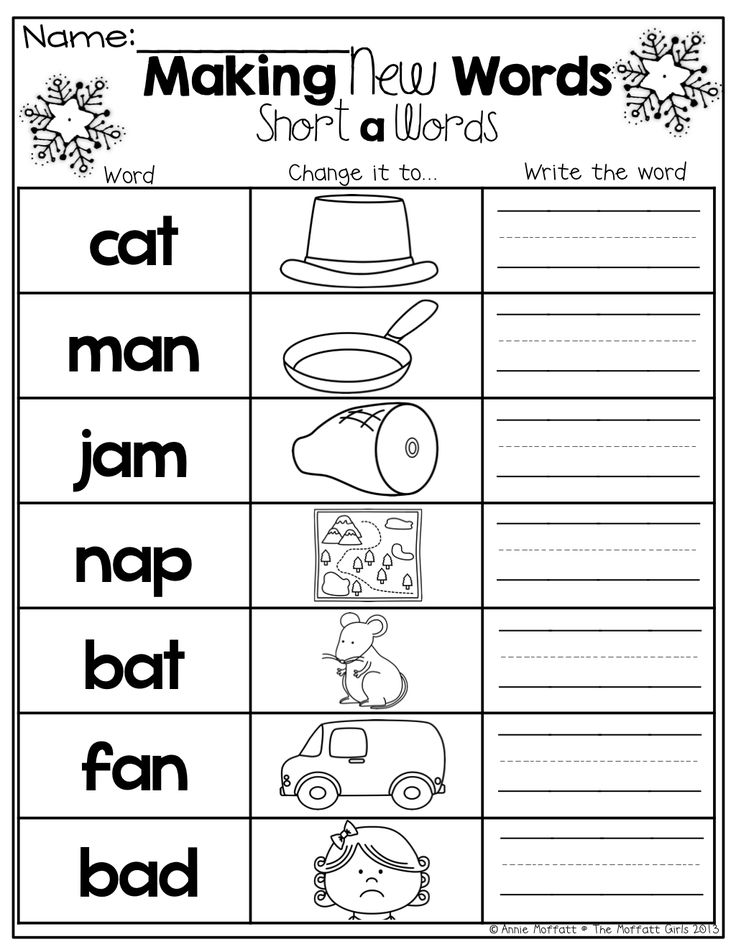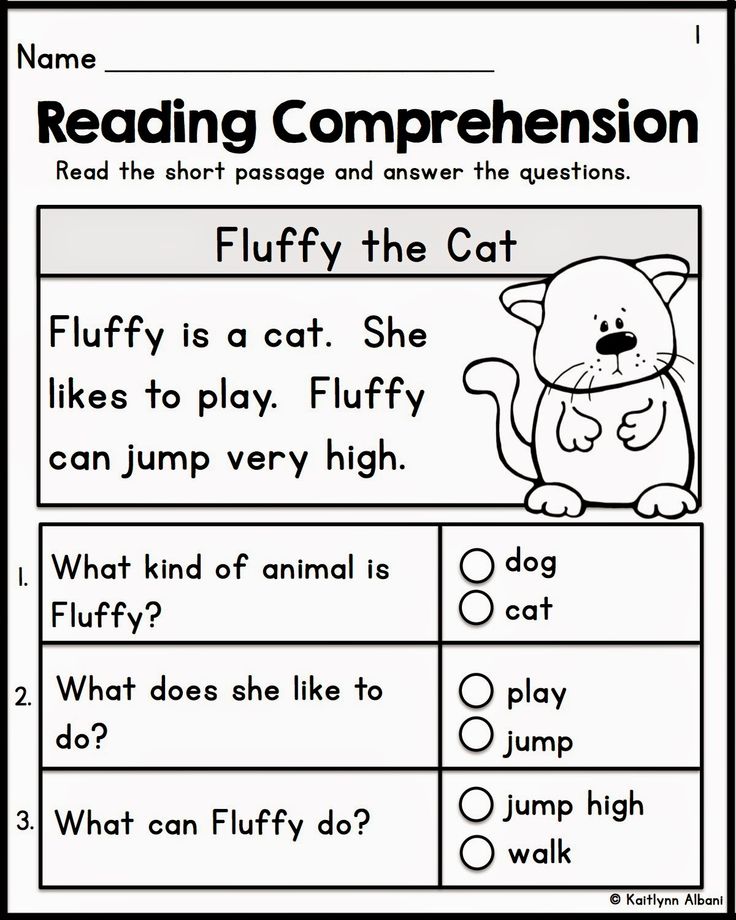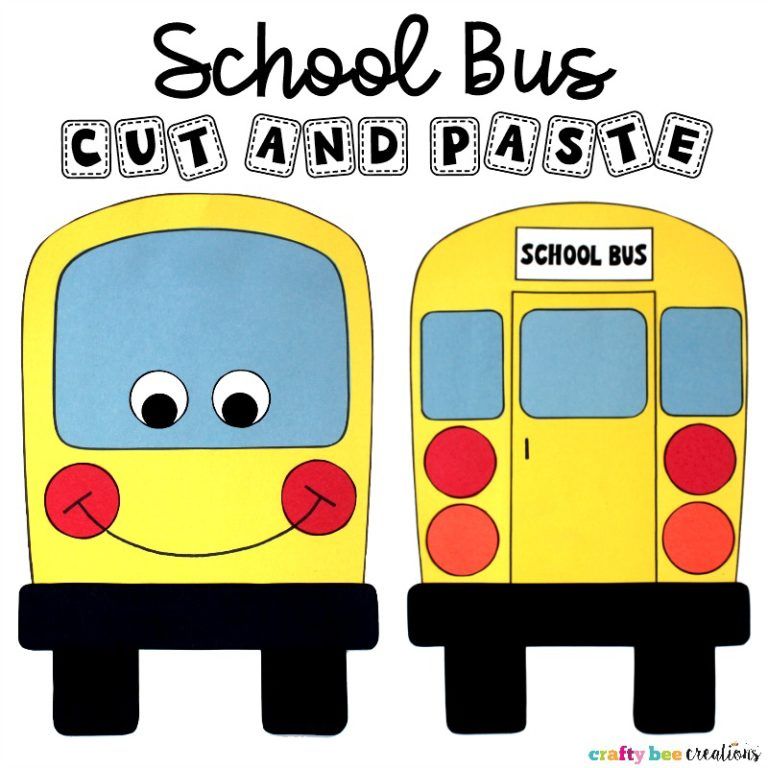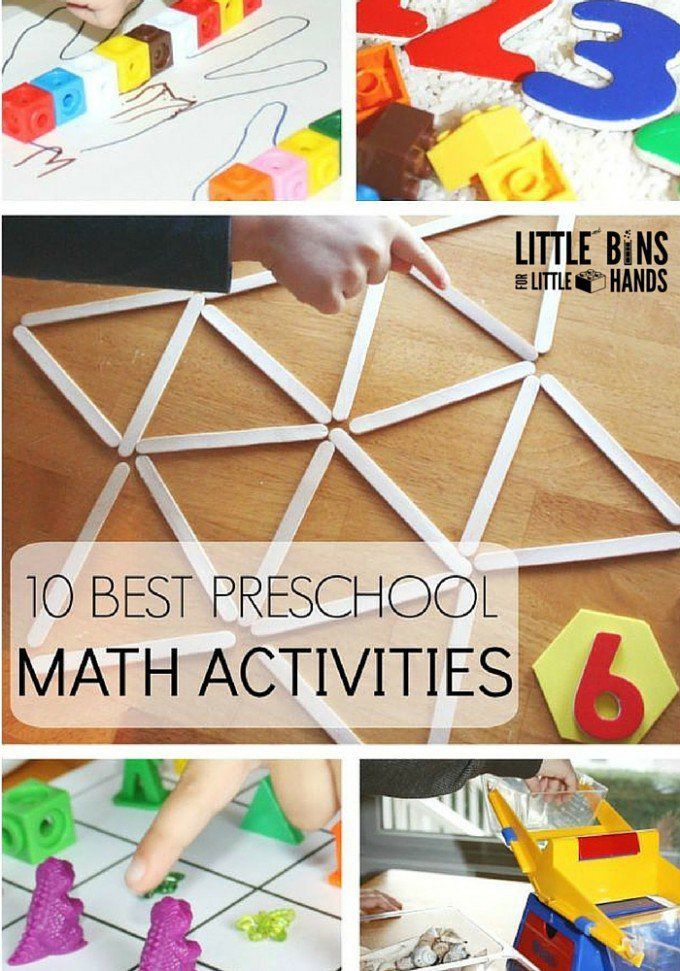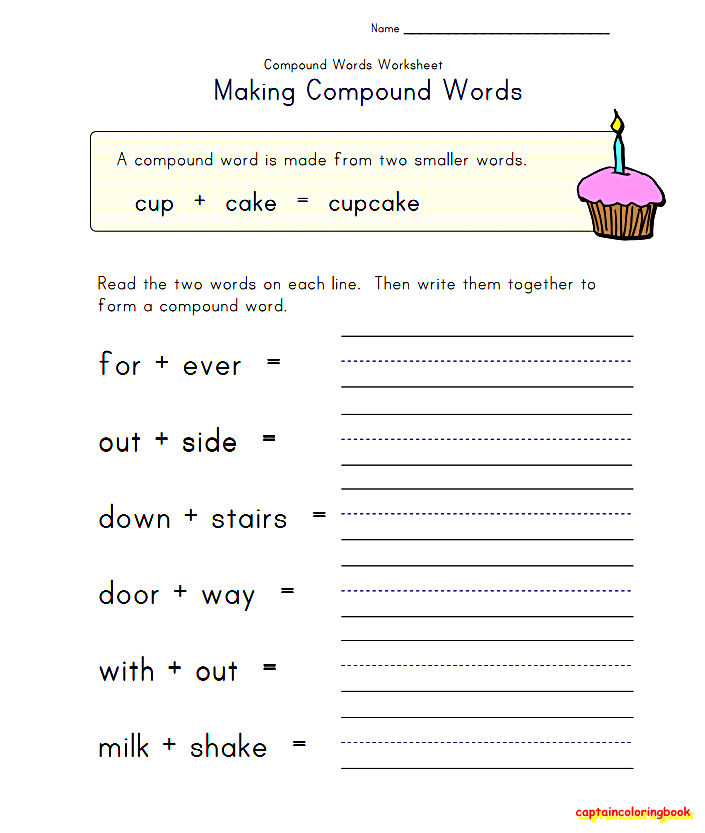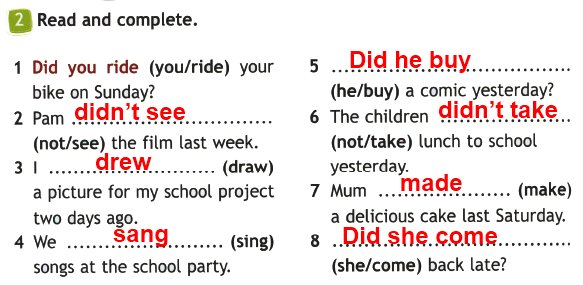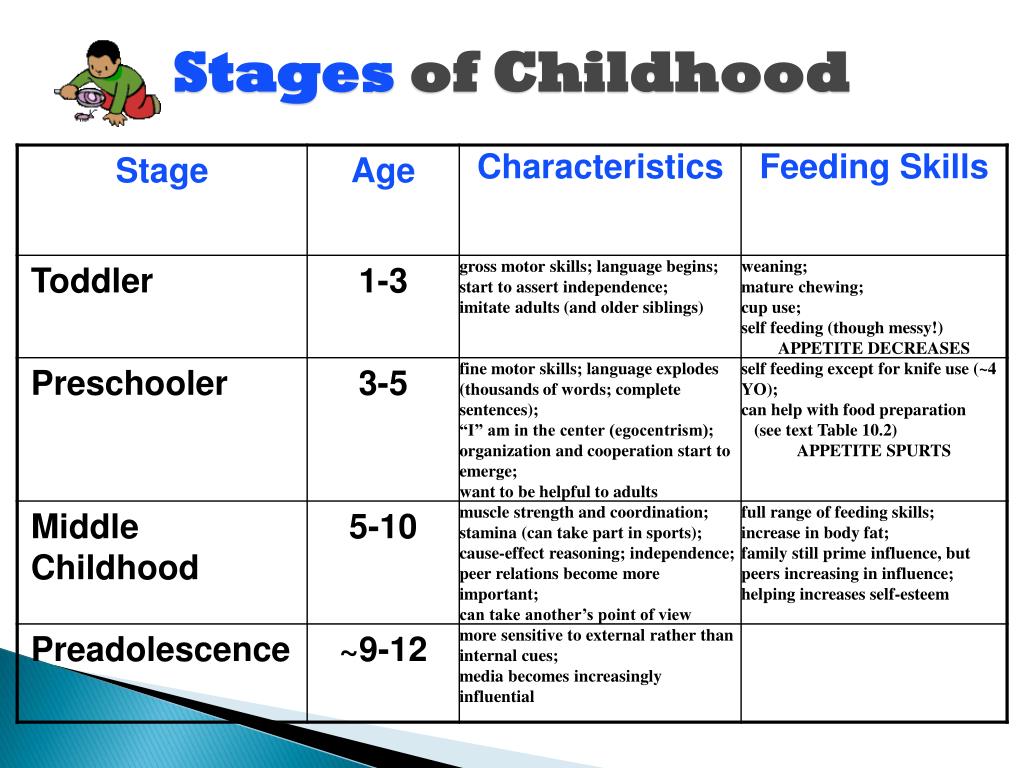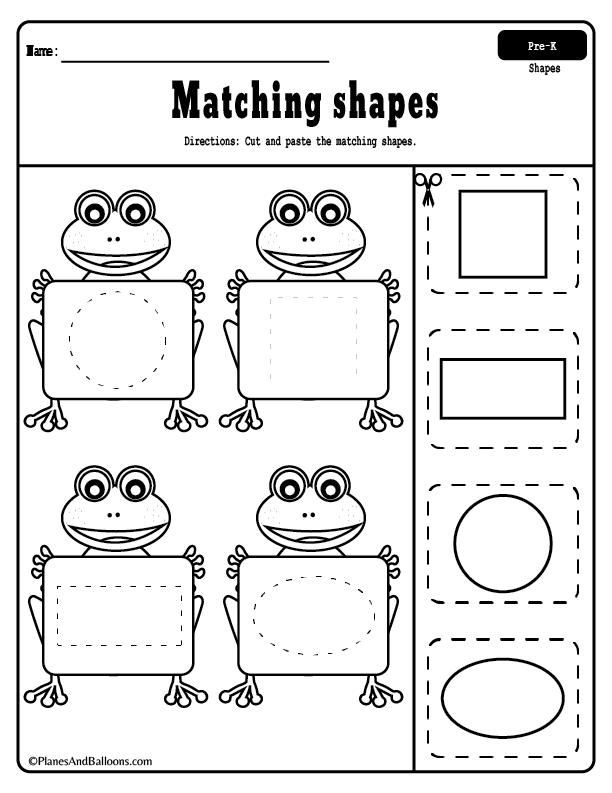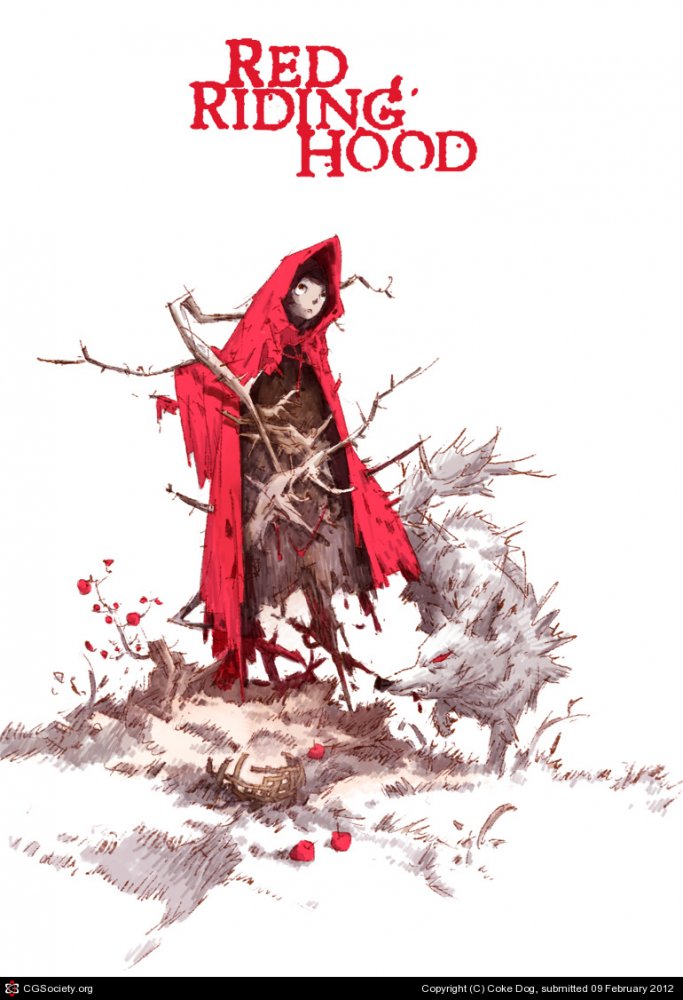Alphabet sounds for kids
Help Your Child Learn Alphabet Sounds!
Site Search
Site Search
Shop Now
Teaching Tips
December 15, 2020
0
4 mins
Alphabet knowledge is one of the first building blocks of education, the moment when children begin learning the letters of the alphabet. As the stepping stones of language, learning the alphabet is one of the first ways we develop the skills necessary to read and write. In fact, studies show that the ability to name the letters of the alphabet during Pre-K and kindergarten is a well-established predictor of children's literacy skills later in life. Properly knowing the alphabet means that the child can distinguish between the 26 letters of the alphabet and can also verbalize those letter sounds. There are many different ways to approach teaching the alphabet, and because every child is different, multiple teaching methods should be considered to ensure that all students are on the same path toward mastering letter sounds.
Tips for Teaching Letter Sounds
Many factors play a role in a child’s quest toward learning the alphabet. When teaching letter sounds, it's important to consider that students have varied learning styles. It is best to use a combination of visual, tactile, and auditory strategies in order to reach learners most effectively. Taking advantage of all possible approaches and beginning at an appropriate pace for the age group is key for making sure the child has learned the alphabet.
Preschool vs Kindergarten
Establishing the child’s starting point is crucial for properly knowing where to begin in regards to the child learning letter sounds. In Pre-K, students are beginning to establish phonemic awareness, and these skills can grow quickly. By establishing the learner’s baseline, you are able to help them achieve greater growth throughout their Pre-K and kindergarten years.
Start With Their Name
Taking full advantage of meaningful literacy during early childhood education is a great way to connect lessons with the student in an intimate and fun way.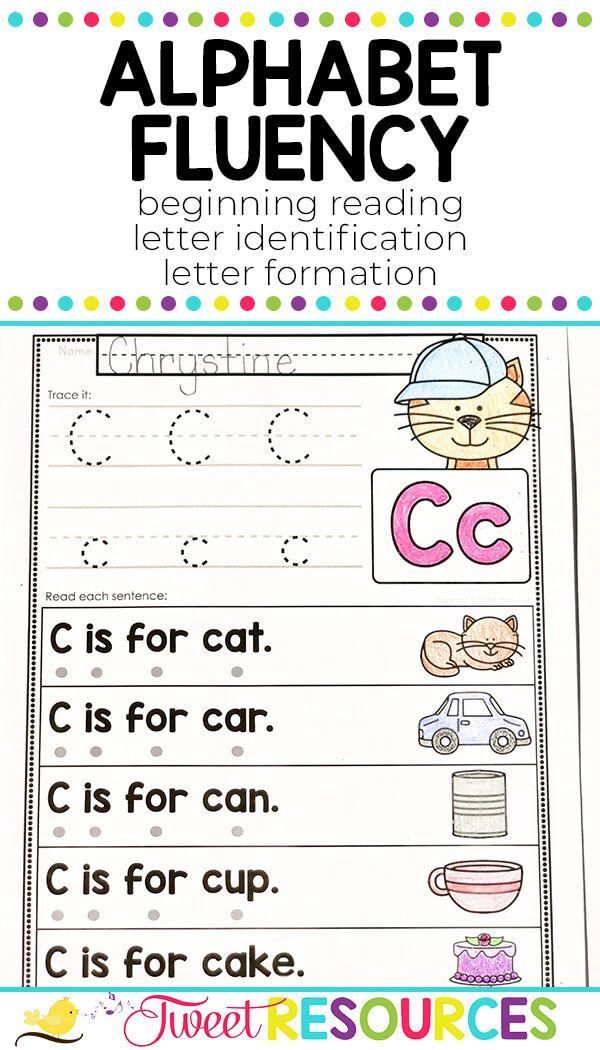 Starting with teaching the child’s name guarantees that there will be a personal connection to the letters of the alphabet and teaching the letter sounds of their name will help them to remember certain letters and touch on correct letter order as well. Start with their name and then move on to other personal buzzwords such as their favorite food, color, and so on.
Starting with teaching the child’s name guarantees that there will be a personal connection to the letters of the alphabet and teaching the letter sounds of their name will help them to remember certain letters and touch on correct letter order as well. Start with their name and then move on to other personal buzzwords such as their favorite food, color, and so on.
Capital Letters First
When teaching letter sounds, children typically learn capital letters first so it’s much easier for them to recognize capital letters than lowercase letters. When using visual materials for teaching letter sounds, begin with mastering capital letters of the alphabet and then move forward to incorporate lowercase letters as well. This allows them to have a foundation for letter sounds while then focusing on letter recitation overall.
Use Visual Cues
Visual cues are a huge helping hand in the quest for properly teaching alphabet letters and sounds. Combining verbal and visual instruction to provide aid for the child allows them to commit the letters to memory and recall those letters later on. Consider using physically engaging alphabet resources to help give kids visual assistance in learning letters and sounds. Some great tools we suggest include:
Combining verbal and visual instruction to provide aid for the child allows them to commit the letters to memory and recall those letters later on. Consider using physically engaging alphabet resources to help give kids visual assistance in learning letters and sounds. Some great tools we suggest include:
Letters or Letter Sounds First?
Each student is unique! Some children will have an easier time identifying the letter, while others may have a better time learning the sound before the corresponding letter. Take note of which direction the child is leaning toward and cater to their individual needs. But first and foremost, ensure you invest a healthy amount of time in establishing letter-sound-correspondence when teaching letters and sounds.
Mix Up the Standard Alphabet Order
A great way to ensure that the student is properly able to identify and replicate alphabet letter sounds is to change up the alphabet order.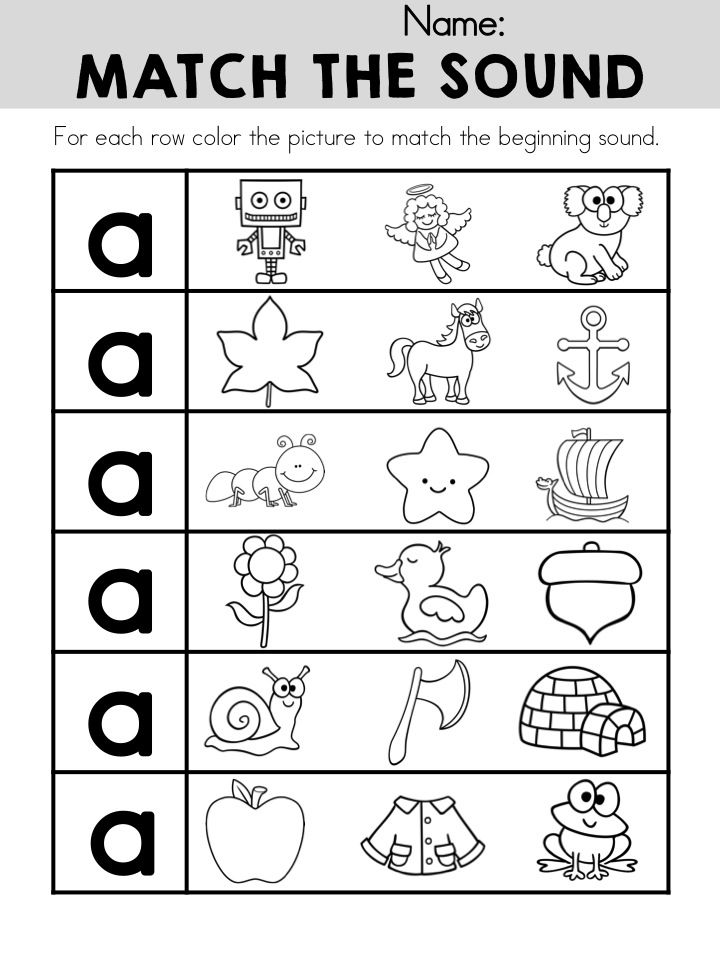 This allows the teacher to see if the student has retained the alphabet properly or has maybe relied heavily on educational tools like songs and games to be able to identify letters. A-B-C Touch & Flip Cards are a great tool for mixing up the order to ensure each letter gets its own spotlight and that the child can confidently excel in mastering the alphabet.
This allows the teacher to see if the student has retained the alphabet properly or has maybe relied heavily on educational tools like songs and games to be able to identify letters. A-B-C Touch & Flip Cards are a great tool for mixing up the order to ensure each letter gets its own spotlight and that the child can confidently excel in mastering the alphabet.
Make Letter Sounds Fun
One of the best parts of teaching letter alphabet sounds is watching the moment when it finally clicks for the child. Teaching letter sounds should be a fun experience for the child. That positivity helps encourage comprehension and encourages further development of these skills. Try playing games, singing catchy alphabet songs, or even assigning alphabet-based art assignments to help make learning the alphabet a fun experience.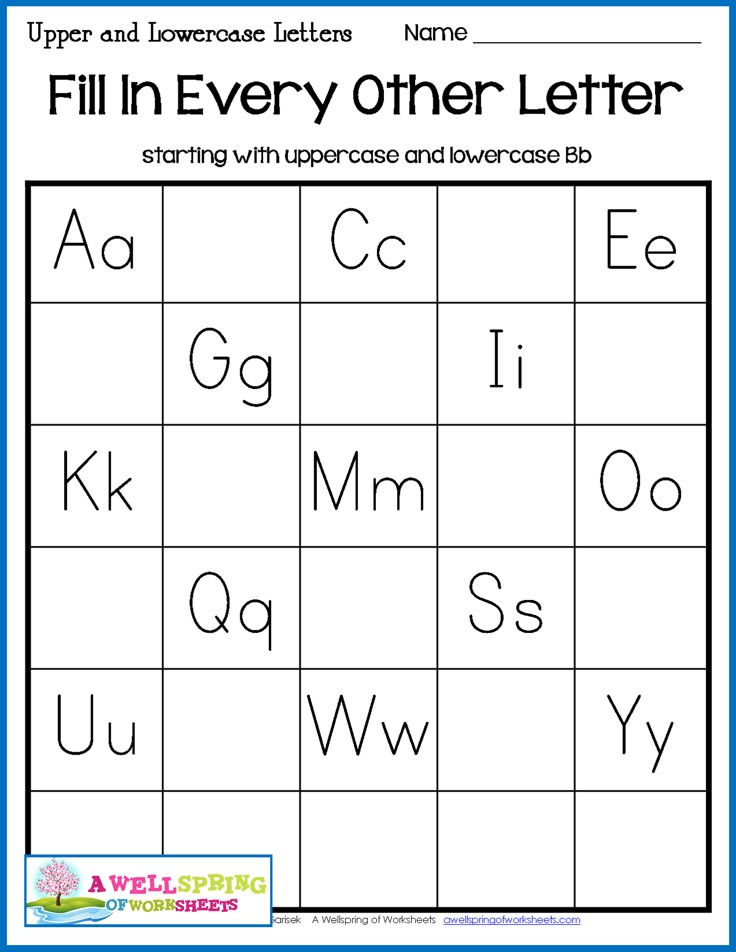
Learning Without Tears Knows Letter Sounds!
Once a child has confidently mastered letter sounds and the alphabet, they’ve taken the first step toward literacy, vocabulary, language development, and more. With a combination of enriching alphabet learning materials and enough consistent practice, any child will be on their way to confidently know the alphabet.
Learning Without Tears seeks to help families, educators, and children get prepared for learning with innovative educational materials and professional resources. We want every child to be set up for success through each step of their learning journey, with engaging and worthwhile materials for K-5 students. Regardless of whether the child is learning in a traditional classroom or at home, Learning Without Tears provides access to proven curricula, industry insight, and enriching products that help make teaching and learning the alphabet a fun experience.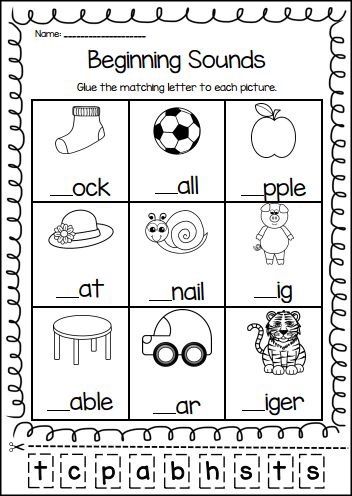
Source: Piasta, Petscher & Justice, 2012
Related Tags
Home Connection
Home Connection, Teaching Tips, Multisensory Learning, Readiness
Handwriting Development Through Developmentally Appropriate Practices from Ages 2-5
August 13, 2021
0 4 min
Ask the Experts, Teaching Tips, Multisensory Learning, Readiness, Home Connection
Why is Literacy Development Important for Children?
June 17, 2021
0 4 min
Ask the Experts, Teaching Tips, Multisensory Learning, Readiness, Home Connection
Naming Letters Is Not a Straight Path to Literacy: Here’s Why
April 15, 2021
4 2 mins
There are no comments
Stay Connected and Save 10%Sign up for our newsletter and get the latest updates, Classroom tips & free downloads.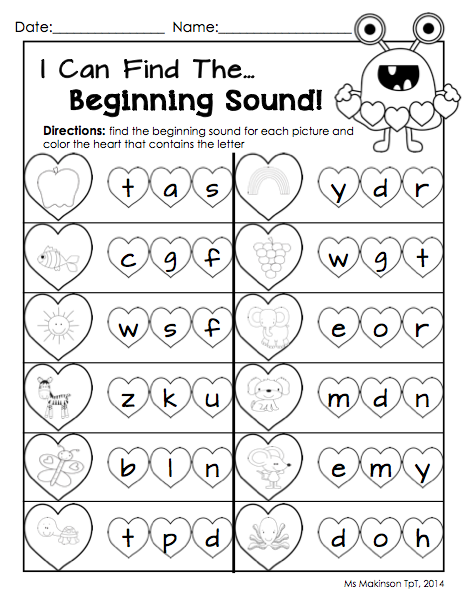
Comments
Tips for Teaching Letters and Letter Sounds
Welcome to Part 1 of Teaching the Alphabet! I receive several emails a week, asking for advice on how to teach letters and/or letter sounds to children from Pre-K through 1st grades.
So, today I’m going to share a few ideas for teaching kids in this age-range. If you have a younger child (toddler age), I share more tips about teaching toddlers the alphabet in this post.
Note that I’m going to explore some hot topics in regards to letters and letter sounds. You may completely agree or disagree with my teaching tips. Ultimately, you have to find what works best for your child and stick with it.
*This post contains affiliate links.
Letters OR Letter Sounds?
So which is it? Should we teach letters or letter sounds? There is a widely-used teaching approach which teaches letter sounds first and letter names next. It is believed that letter sounds are more helpful and useful to pre-readers than letter names and therefore, should be taught first.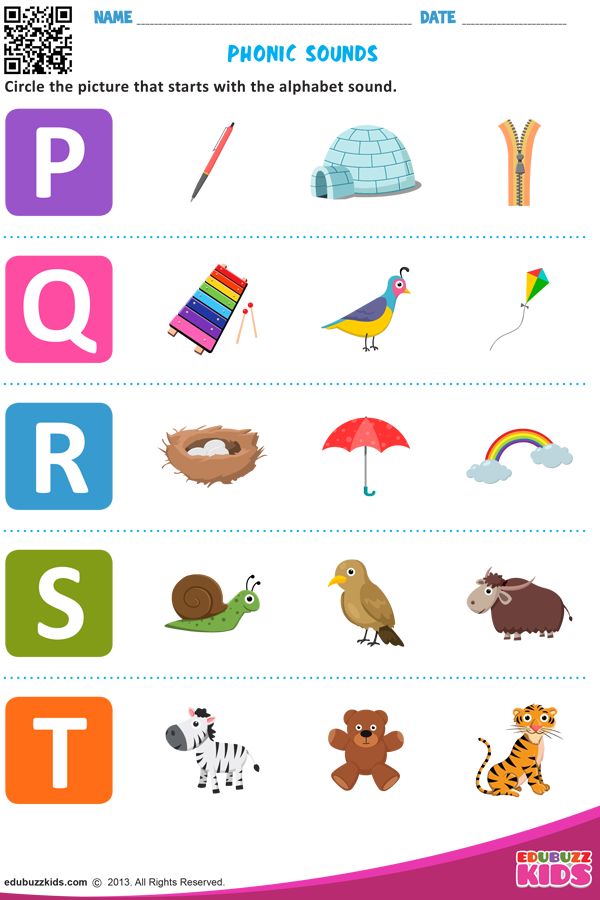 As you’ve probably guessed from the title of my post, I respectfully disagree. And before I go too much further, please hear me say this: if teaching your child her letter sounds first is working, GO FOR IT!
As you’ve probably guessed from the title of my post, I respectfully disagree. And before I go too much further, please hear me say this: if teaching your child her letter sounds first is working, GO FOR IT!
I believe, after reading the reading research out there (such as Ehri, Invernizzi, Cunningham, Calkins, and McBride-Chang), that BOTH letters and letter sounds are highly useful for teaching kids to read and write.
Just three of many reasons I believe this (I would probably bore you with all my reasons):
1- The majority of letter names give the child a huge clue as to the sound (or one of the sounds) they make. For example, the letter D has the /d/ sound at the beginning and the letter F has the /f/ sound at the end. W, Y, and H are the only three exceptions.
2- Letter names make great labels for letters, as many of the letter sounds are harder to make in isolation.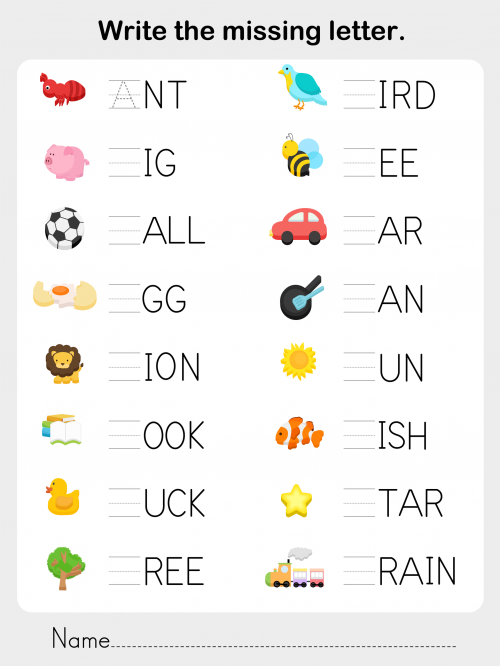 For example, b’s sound in isolation tends to sound more like /buh/, which can make blending it with other letter sounds difficult for beginning readers.
For example, b’s sound in isolation tends to sound more like /buh/, which can make blending it with other letter sounds difficult for beginning readers.
3- Letter sounds are more abstract and aren’t as consistent as letter names. Take for example the A in Target. In my experience, it seems more consistent to say, “Oh, I see the letter A in Target,” than “I see an /a/ (short a sound) in Target…but it doesn’t make the /a/ sound. It makes the /r/ sound.” Huh?
No matter what you believe in regards to letters and letter names, “research has established that children who know the names of letters learn letter-sound associations more readily than those without letter-name knowledge.” (Words their Way for PreK-K, 2014)
Upper or Lower Case Letters?
Again, you’re going to hear me say BOTH! Kids need both upper and lowercase letter instruction. While lower case letters are more common in reading and writing, both are needed.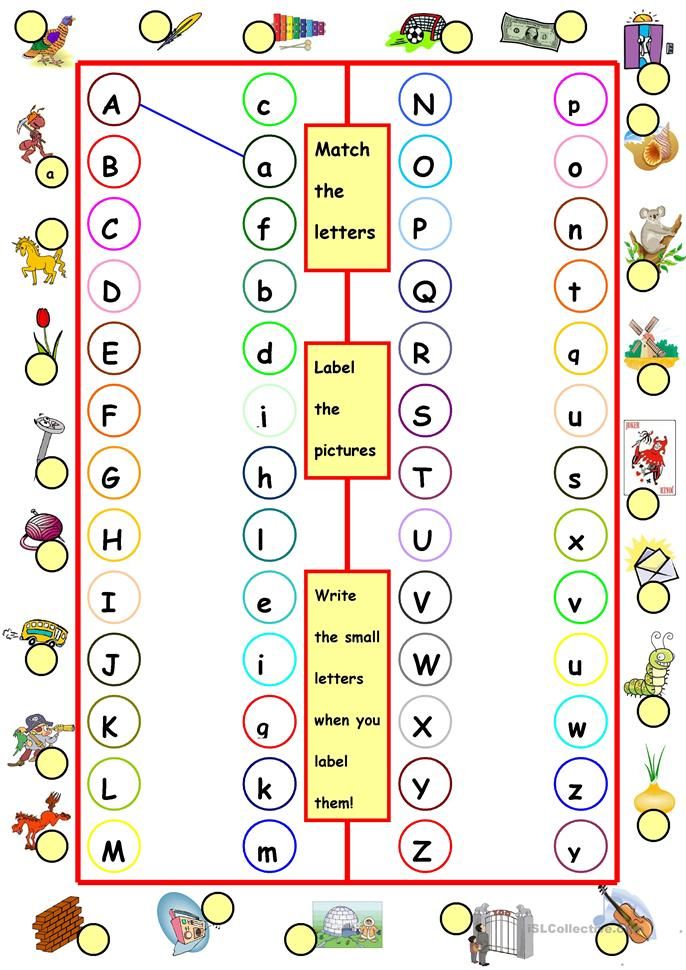 If you’re teaching young children, I suggest starting with uppercase letters. Why?
If you’re teaching young children, I suggest starting with uppercase letters. Why?
Two reasons:
1- Uppercase letters are easier to visually distinguish than lowercase letters (take for example- the uppercase B and D versus the lowercase b and d)
2- Uppercase letters are easier for beginning writers (for example, E versus e). Even when instructed with lower case letters, I’ve noticed over and over again that young children naturally prefer uppercase.
But please hear me say that while I may start instruction with uppercase letters when working with young children, I believe it’s important to expose young children to all kinds of letters, even different kinds of fonts. Pointing out and talking about the kinds of letters you find while reading together, also known as print awareness, is a GREAT way to integrate this into what you’re already doing (both for younger and older children).
Letter Confusion
While some may teach letters in alphabetical order, I believe there is a more developmentally appropriate way than starting with a and ending with z.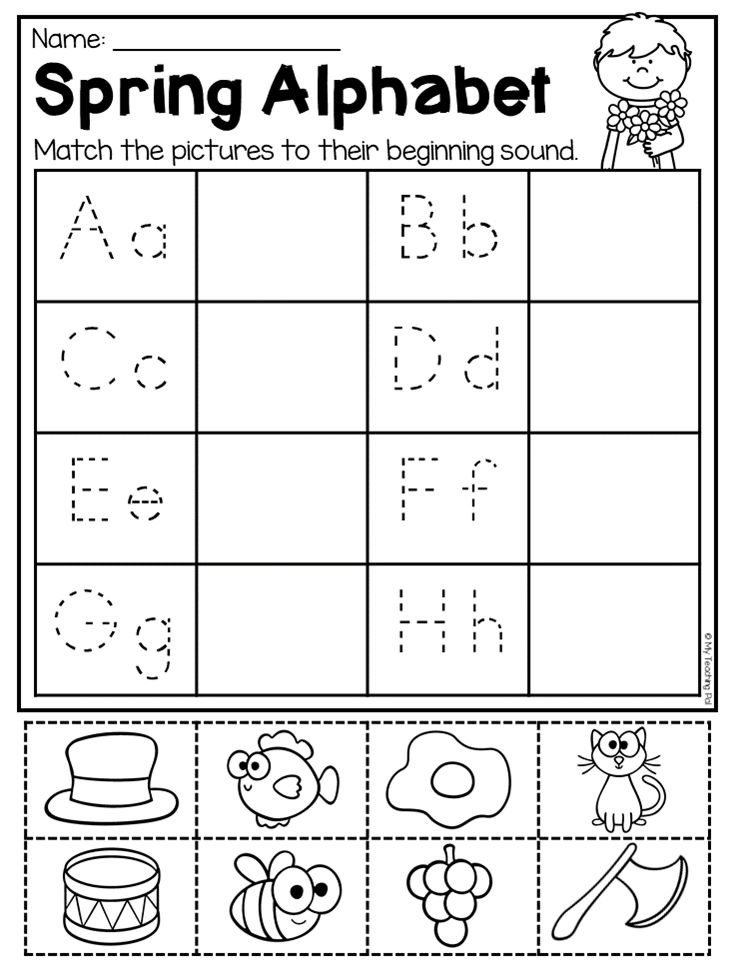 I like to introduce letters and letter sounds in a different order, which can help to minimize confusion.
I like to introduce letters and letter sounds in a different order, which can help to minimize confusion.
Visual Similarities
Some letters look very much the same (such as b, d, p, and q or W, V, Y). And kids confuse these often, even older kids. I encourage you to separate these letters and teach them at different times to minimize confusion.
The Point of Articulation
While this may sound fancy, it’s just a way of saying that some letters, while they look very different, have sounds that are produced in the same part of the mouth. Take for example g and k. Both sounds are guttural (produced in the back of the throat). If you say a /g/ sound without using your voice, you get the /k/ sound. Other letter sounds to avoid teaching together are t and d, f and v, or b and p.
Speech Delays
Some kids (I have two of my own) have difficulty with the production of certain letter sounds. These letters may include f, j, l, r, s, v, y, or z. While I am not an expert in this field, I do know that speech delays can delay letter sound learning, spelling, and reading. Two of my favorite resources for helping kids with articulation issues has been Katie of Playing with Words 365 and Reading with TLC’s Lively Letters.
These letters may include f, j, l, r, s, v, y, or z. While I am not an expert in this field, I do know that speech delays can delay letter sound learning, spelling, and reading. Two of my favorite resources for helping kids with articulation issues has been Katie of Playing with Words 365 and Reading with TLC’s Lively Letters.
Letter of the Week?
Letter of the Week has gotten a bad rap. I’ve even advocated against it at times. My thoughts are still mixed on the topic. And I’ll share why.
- Letter of the Week can be an effective way to make sure your phonics instruction is meaningful, playful, and systematic. Many kids need systematic phonics instruction, especially kids who are struggling to grasp their letters and sounds, BUT…
- Letter of the Week should not limit your phonics instruction to only that letter, especially as your child develops into the late Preschool and Kindergarten years. If we only focus on one letter a week, it takes 26 weeks to get through them all…much too long of a time for kids to have the ability to take letters and use them for meaningful spelling, reading, and writing.
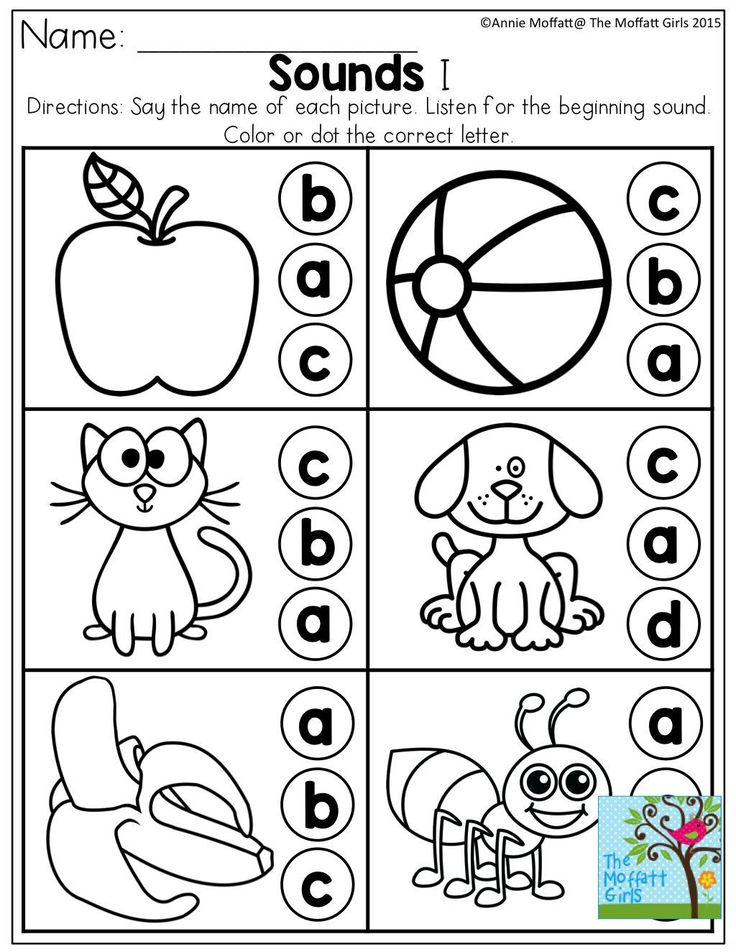 Kids need to have purposeful exposure to letters (all of them) each day. Letters need to be pointed out and used during reading time, when you’re playing with letter blocks, when you’re writing their name on their art. Letters (all letters) are important, not just the letter of the week.
Kids need to have purposeful exposure to letters (all of them) each day. Letters need to be pointed out and used during reading time, when you’re playing with letter blocks, when you’re writing their name on their art. Letters (all letters) are important, not just the letter of the week. - If you need something systematic in the Pre-K and K years, I propose starting with two to three letters a week. Pick letters that are visually and phonetically different, as we’ve discussed above, like T and F. Sort them by their sounds. Sort toys that begin with those sounds. We can get through the letters at a much faster pace (if the child is ready) if we focus on more than one letter a week.
- Sometimes kids already know a handful of letters and their sounds. If you think this is the case for your child, there’s no need to spend an entire week on letters they already know. To find out what your child knows/doesn’t know, pull out an abc puzzle and assess her, like I show in this post {free printable assessment chart included}.
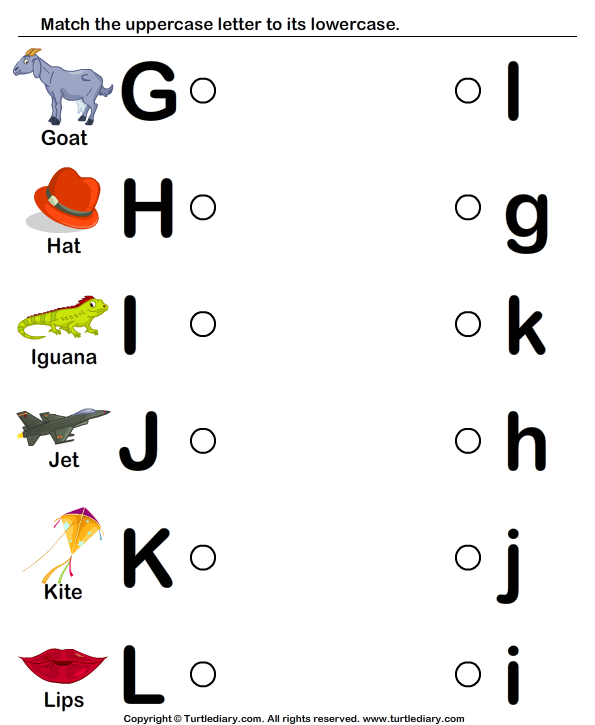 Once you have a grasp on what your child does or does not know, you have a clearer vision on which letters to teach.
Once you have a grasp on what your child does or does not know, you have a clearer vision on which letters to teach.
Letter Order
In what order should we teach letters? The first place I always start is with the child’s name. A child’s name carries great meaning to them and a sense of identity. After that, I teach letters OUT OF ORDER. The order in which I teach them depends on the age of the child. Most kids can sing the ABC song by the age of 2 or 3. They already know the order. By teaching the letters out of order, you are ensuring that kids know them out of the context of that song. When asking kids, “What’s this letter?”, we want children who do not need to sing the ABC Song to figure it out (I’ve seen lots of kids do this, even in Kindergarten).
With Reading the Alphabet, I decided to pick letters that were visually and phonetically different, but were also easier to write first. I also chose to add vowel instruction in early so that kids could begin to form words with the letters, like you see in Lesson 7 (AT Family).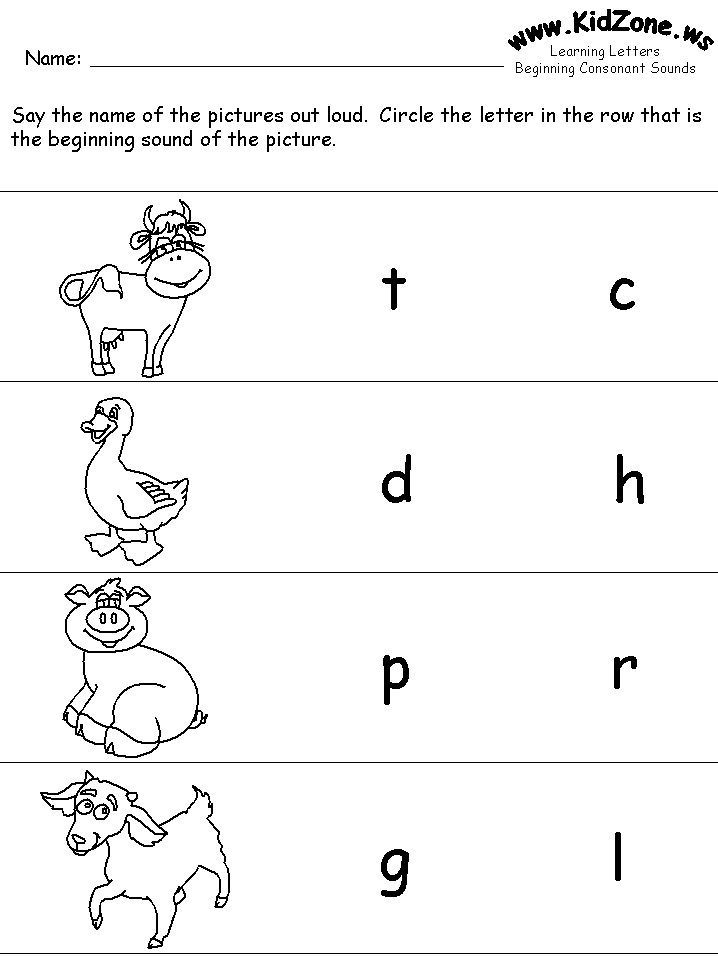 While each week features one letter, you will see that we studied more than that letter every week, sometimes sorting multiple letters and sounds at one time. But, no matter the order you choose, you want to choose letter combinations for teaching that will minimize confusion.
While each week features one letter, you will see that we studied more than that letter every week, sometimes sorting multiple letters and sounds at one time. But, no matter the order you choose, you want to choose letter combinations for teaching that will minimize confusion.
More Resources on Teaching Letters and Their Sounds:
- Words Their Way: Letter and Picture Sorts for Emergent Spellers
- Words Their Way for PreK and K (Johnston, et. al)
- Reading the Alphabet – FREE curriculum (taking it a step deeper after kids know their ABC’s)
- Letter Order Teaching {Living Montessori Now}
- Teaching the Alphabet to Preschoolers {The Measured Mom}
- Letting Go of the Letter of the Week {Pre-K Pages}
- Teaching the Alphabet {PreKinders}
You can find all the post in this 4-part series by clicking here or on the image above.
~Becky
Want MORE Free Teaching Resources?
Join thousands of other subscribers to get hands-on activities and printables delivered right to your inbox!
letters and sounds in Russian (with audio)
4Mar 03/21/2022What letters and sounds are there in Russian? Which letters represent which sounds? What is the difference between soft and hard consonants? When is a consonant hard and when is it soft? Why do we need soft (b) and hard signs (b)?
Want to find answers to all these questions? Then read on!
Below you will find an interactive Russian alphabet with audio. For each letter [in square brackets], the sounds that it can stand for are indicated, as well as examples of words with this letter. nine0013
For each letter [in square brackets], the sounds that it can stand for are indicated, as well as examples of words with this letter. nine0013
And here, for sure, two questions will immediately appear to you:
№1 Why do some letters have two sounds?
This is a feature of the Russian language. Some letters can represent two different sounds: a hard and a soft consonant. To clearly demonstrate this principle, I specially selected two examples for such letters: one with a hard consonant, and the other with a soft consonant.
№2 Why are no sounds shown for 'ь' and 'ъ'?
These are soft and hard signs. By themselves, they do not represent any sounds. They show us how to read the previous consonant: a consonant before a hard sign will be hard, and a consonant before a soft sign will be soft. nine0013
Also, sometimes we need to separate a consonant from a vowel, and for this we will write one of these signs between them. This is how we distinguish, for example, the words “seed” [s′ém′ʌ] and “family” [s′im′jʌ́].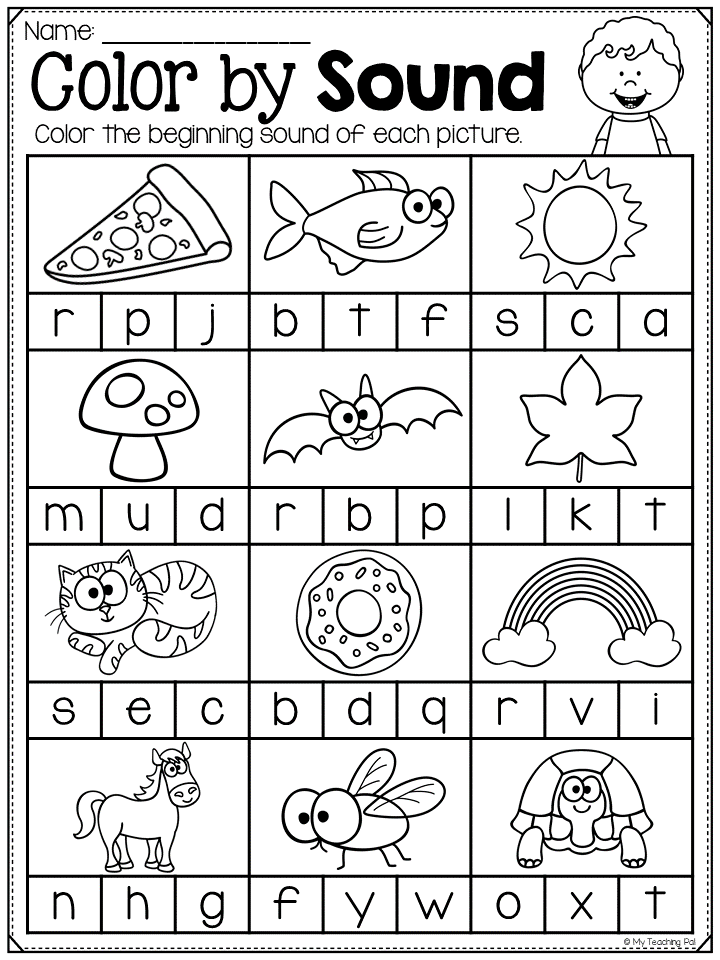
Now, when you listen to the audio, pay attention to these pronunciation features.
But how do you know when a consonant is hard and when soft?
Very easy! You need to look at the next letter.
- Before with a firm sign (b) , before other consonants and before the vowels A , O , in , E, Consistent sound - Twiro -firm .
- Before Soft sign (b) and before the vowels I , ё , U E , and Consistent sound -
Now let's see what happens when we add a consonant to them. Take for example the syllable dya :
dya = d+i = d+d+a = d d +a = d′+a
See? This [th]-component makes the consonant soft!
Finally, let's move from theory to practice! Try to read these words.
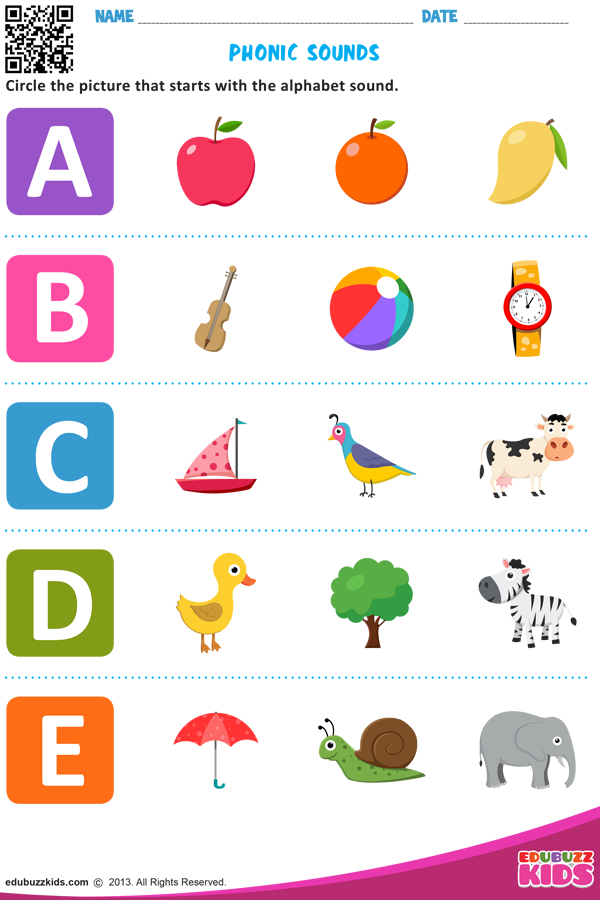 Do you understand them?
Do you understand them? Pineapple, vase, banana, guitar, rocket, moon, mom, dad, hello, music, matryoshka, hat, lamp, movie, coffee, tea, lemon, chair, Saturday, dollar, ruble, Italy, America, Spain . nine0013
Were you able to read it? Did you understand all the words? (You can test yourself on the audio here).
Online Russian dictionaries: which one to choose? How to practice Russian when there is no one to speak Russian withMore posts
This website uses cookies to improve your experience. We'll assume you're ok with this, but you can opt-out if you wish.0001
Before you teach your child the alphabet, it is important to understand what you will not be doing. Namely, learning to read. This is a more complex skill, so it is worth putting it off until the time when the child gets acquainted with all the letters and will confidently recognize them and write on their own. Until then, put off the alphabet and reading by syllables.
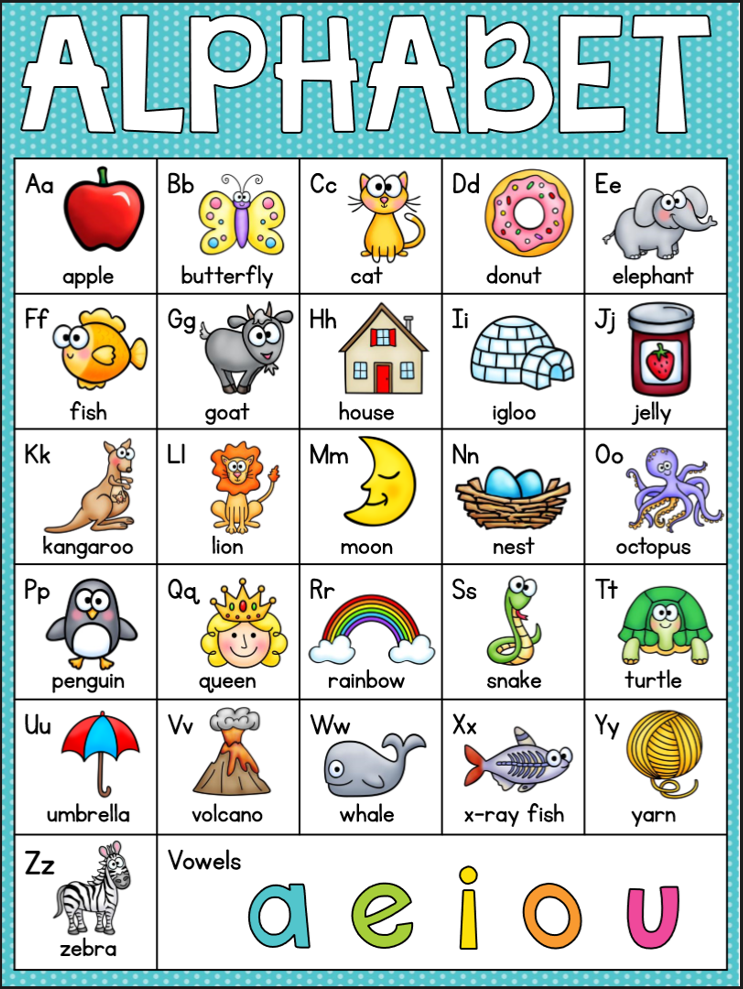
In this article, we have put together the basic principles to quickly learn the Russian alphabet with a 3-6 year old child in a playful way. For all games with letters, you can use plasticine, paints and any improvised means or magnetic letters TUMBLING - they will easily attract the attention of the child.
Contents:
- Learning the Alphabet Easily: Basic Principles
- 5 ways to learn the alphabet with your child
- From alphabet to reading
How to Learn the Alphabet Easily: Basic Principles
There is an easy way for every child to learn the alphabet, but there are basic principles that are important for all children. If you do not follow them, study will turn into drill and the child is unlikely to ever love to read. Here are a few such principles on how to properly learn the alphabet for a child. nine0013
- Learn sounds first, not letters .
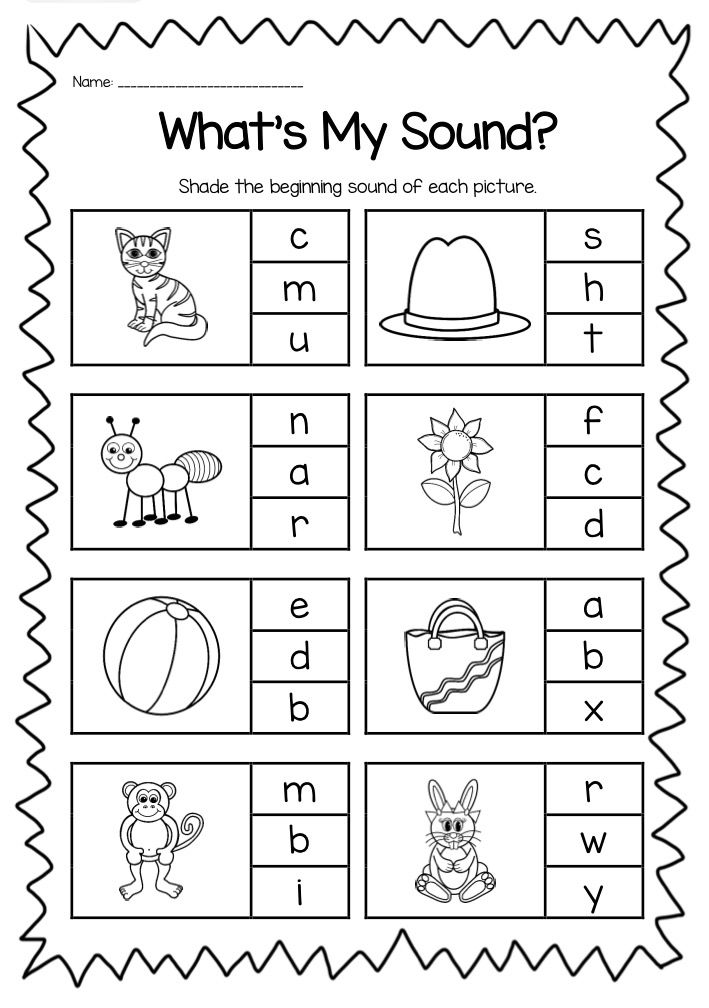 At the first stage of learning, it does not matter how the letters in the alphabet are called correctly. Now only sounds are important for the child - "d", and not the letter "De". The names of the letters will only confuse the child, who first needs to learn to recognize the shape of the letters and their sound.
At the first stage of learning, it does not matter how the letters in the alphabet are called correctly. Now only sounds are important for the child - "d", and not the letter "De". The names of the letters will only confuse the child, who first needs to learn to recognize the shape of the letters and their sound. - Not learning the alphabet in the correct sequence . Until a child goes to school, it is of no use to him to know how the letters are arranged in the alphabet. This information will only distract him from what is really important: how the letters look and sound. The sequence of the alphabet can be learned later or even at school, where this knowledge will be tested by the teacher. nine0072
- Do not turn learning into a lesson . Learning from call to call is difficult even for children at school, let alone a baby. Therefore, all learning should take place in a playful way and not for long: 5-7 minutes a day to get acquainted with the letters will be enough.
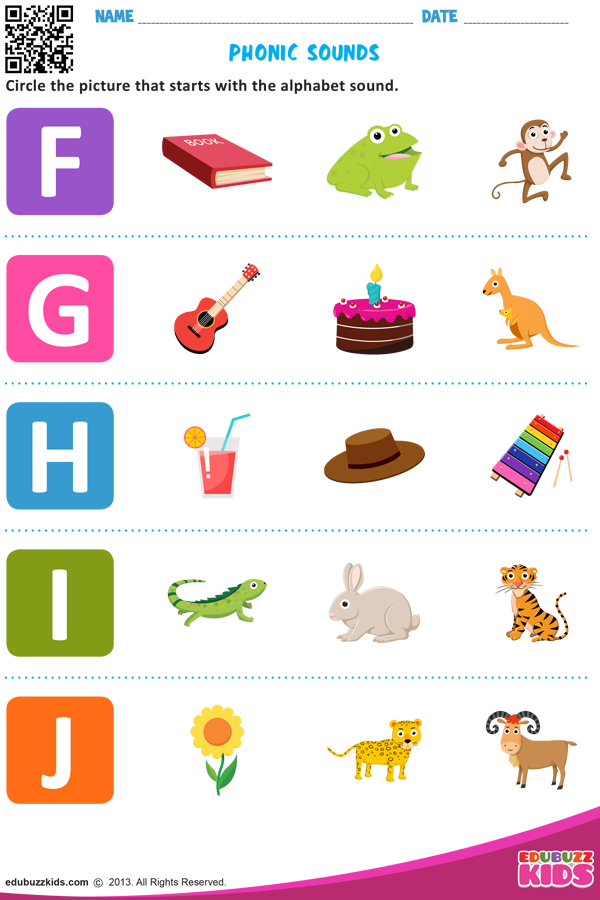 Gradually, this time can be increased, especially if the child likes the proposed games with letters.
Gradually, this time can be increased, especially if the child likes the proposed games with letters. - Use material objects . At the age of 3-6 years, the child learns the world by touch and taste. It is difficult for him to work with abstract letters spoken aloud. Therefore, it is better to stock up on plasticine and paints and create letters that are more understandable to the child and can be touched. Such a game for children will allow the child to learn the letters of the alphabet and he will recognize them in different forms regardless of what they are made of. nine0072
- First vowels, then consonants . Vowel sounds are easier to pronounce, so it's worth starting with them.
The main thing is not to force anyone. If you see that the child is inquisitive, enjoys exploring the world and is ready to learn, you can move on to learning letters and the alphabet. So the child will be happy to learn the alphabet in a playful way and gradually learn to read.
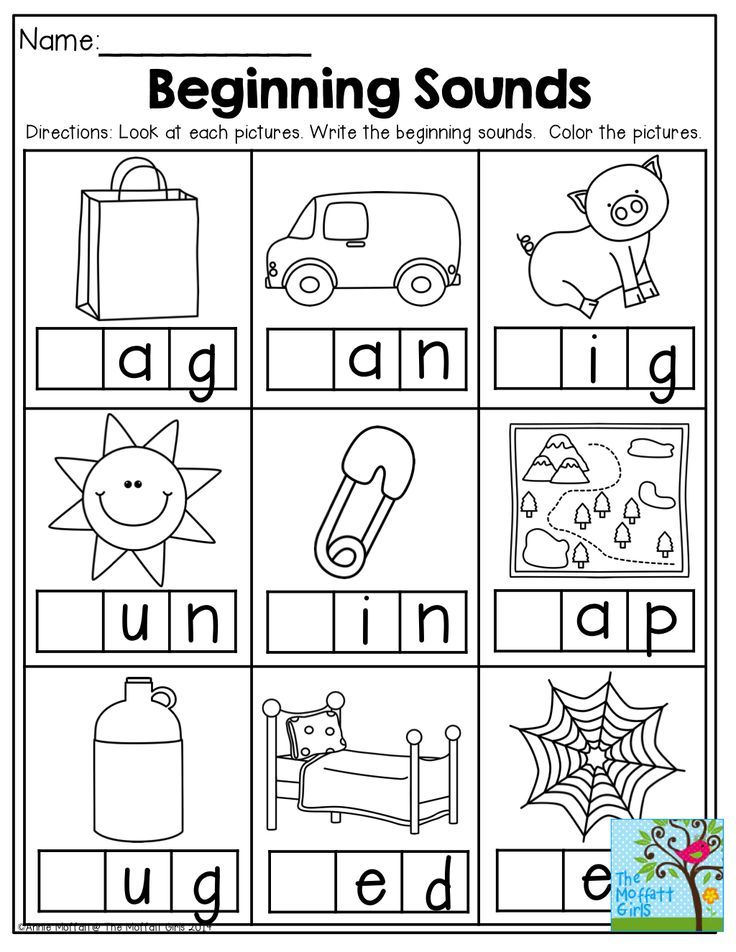 So that the game is not abstract, you can use the magnetic letters TUMBLING.
So that the game is not abstract, you can use the magnetic letters TUMBLING. 5 ways to learn the alphabet with your child
1. Use an interesting study topic
Use your child's interest to spur his motivation to learn. For example, if your kid is crazy about cars, let them be the topic in which you learn the alphabet. Use any words related to cars:
"A" - bus
"B" - trunk
"C" - driver, etc.You can show cars and their parts, draw or sculpt from plasticine. It is important that the child's focus shifts from learning to doing what they love. Additionally, the method will help expand vocabulary and knowledge about the world. nine0013
2. Cross out a letter of the alphabet in the list
Fill in a small square with arbitrary letters. The task is to cross out only the letter that you are studying. This will help the child focus on one letter and not get distracted by the ones he doesn't remember or don't know.

3. Take the letters of the alphabet out of the pouch
The soft-touch magnetic letters are perfect for this method. Put the letters in a bag and give the child the task, without looking, to pull out only the letter that you thought of. Let there not be too many letters in the bag, otherwise the child will get confused. 6-7 pieces will be enough. To start, use letters that are very different in shape, such as "O" and "M". Gradually, the complexity can be increased and searched among similar letters, for example, "K" and "X". Don't forget to praise and encourage your child. You can alternate the learning process with desktops. nine0013
4. Recognize letters of the alphabet by ear
You pronounce a word, and if it contains a hidden letter, the child claps his hands.
With this game for kids, you can learn individual letters or the entire alphabet. For example, you name a word, and the child inserts its first letter into the insert frame.
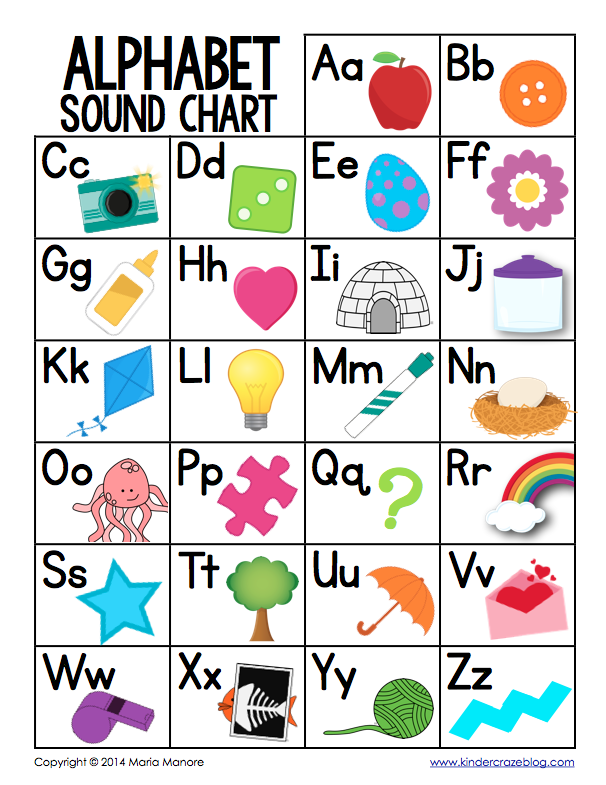 To stimulate your child's interest, you can use only words from his favorite topic, for example, the names of animals.
To stimulate your child's interest, you can use only words from his favorite topic, for example, the names of animals. 5. Guess words starting with the first letter
You choose one letter and think of a word that starts with that letter. For example, the letter "Z":
- What is this animal with big ears and loves carrots?
- Hare!This game form is again suitable for learning individual letters or the entire alphabet. If you learn only one letter, the child gets used to quickly recognizing it in different words. And if you give words with different letters, the child as a whole learns to understand with which letter they begin. With the study of the account and the English language will also help TUMBLING.
From the alphabet to reading
When a child learns the Russian alphabet, confidently recognizes all the letters in different words and can draw or mold them on his own, it is worth moving on to reading. Because you need to learn the alphabet just so that the child can read.

Learn more


